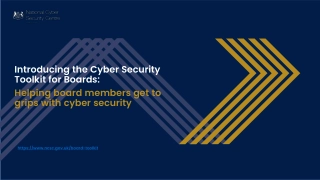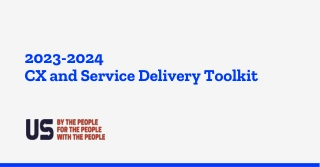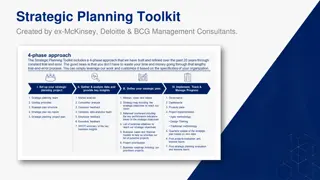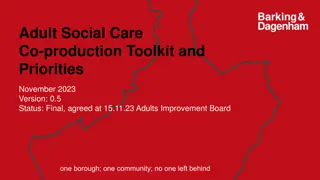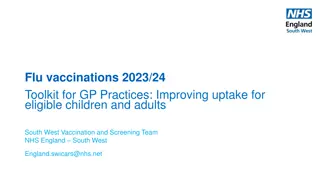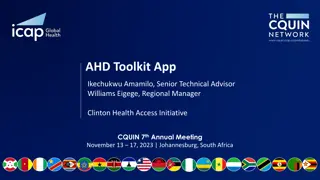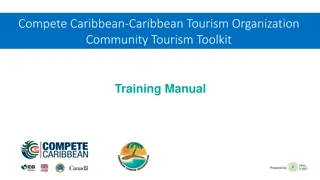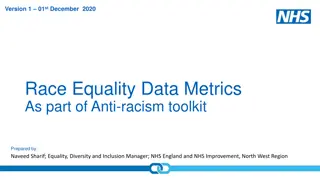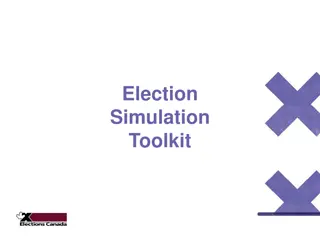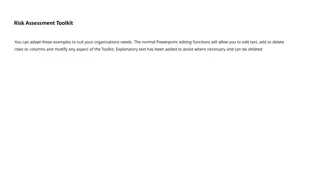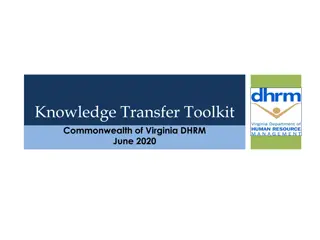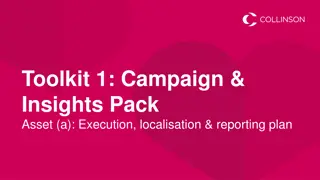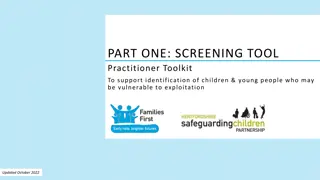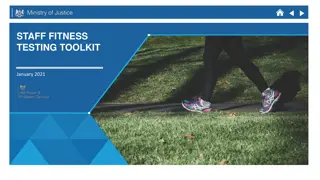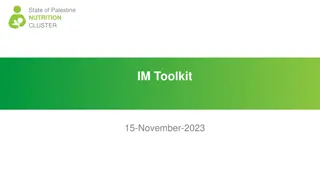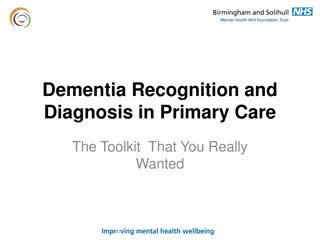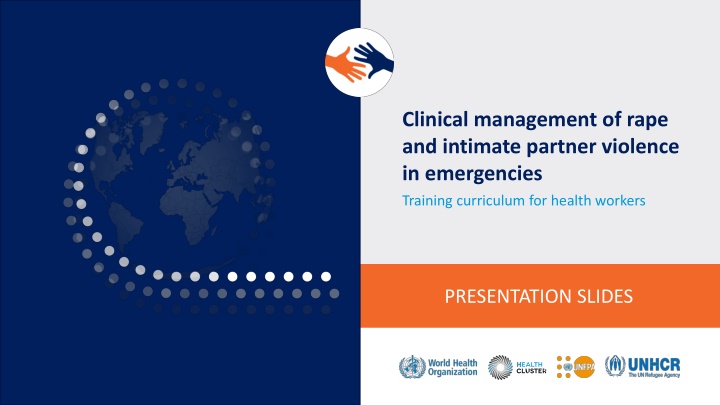
Clinical Management of Rape and Intimate Partner Violence in Emergencies Training
Learn about the clinical management of rape and intimate partner violence in emergencies through this training curriculum for health workers. Topics covered include clinical care for survivors of sexual assault, treatment of injuries, tetanus management, oral emergency contraception, and counseling. Gain insights into providing appropriate care to survivors and responding to instances of sexual violence and intimate partner violence efficiently.
Download Presentation

Please find below an Image/Link to download the presentation.
The content on the website is provided AS IS for your information and personal use only. It may not be sold, licensed, or shared on other websites without obtaining consent from the author. If you encounter any issues during the download, it is possible that the publisher has removed the file from their server.
You are allowed to download the files provided on this website for personal or commercial use, subject to the condition that they are used lawfully. All files are the property of their respective owners.
The content on the website is provided AS IS for your information and personal use only. It may not be sold, licensed, or shared on other websites without obtaining consent from the author.
E N D
Presentation Transcript
Clinical management of rape and intimate partner violence in emergencies Training curriculum for health workers PRESENTATION SLIDES
Session 11. Clinical care for survivors of sexual assault, part 3: treatment and care 11.2
Session objectives Objective 3: Demonstrate clinical skills appropriate to one s scope of practice to respond to sexual violence and IPV Competencies: Know how to provide appropriate treatment/care to survivors of sexual assault, including child and adolescent survivors 11.3
Treating injuries Urgent hospitalization is required if there is: Extensive injury Neurological deficits Respiratory distress Swelling of joints on one side of the body (septic arthritis) Less severe injuries can usually be treated on site 11.4
Treating injuries Tetanus It has an incubation period of 3 21 days but can be many months Refer the survivor to the appropriate level of care if you see signs of a tetanus infection If the person has not been fully vaccinated, vaccinate immediately, no matter how long it has been since the incident If there remain major, dirty, unhealed wounds, or the survivor is HIV- positive, consider giving tetanus immunoglobulin* if it is available * Tetanus immunoglobulin requires cold chain without freezing, which is rarely available in low-resource or crisis settings 11.5
Oral emergency contraception pills (ECPs) Offer an ECP to all women who have been raped Say: Return if your next menstrual period is more than 1 week late ECPs will not harm girls. They can be offered to girls who have attained menarche (i.e. post-menarche), as well as those in the beginning stages of puberty (i.e. Tanner stage 2 or 3; see Job aid 11a) ECPs are effective for up to 5 days after sexual assault See CMRIPV Annex 7 Spotting or bleeding a few days after taking an ECP is normal ECPs can be taken at the same time as antibiotics for STIs and PEP for HIV prevention There is no need to screen for health conditions or test for pregnancy 11.6
Counselling on oral ECPs ECPs will not cause abortion. If she is already pregnant, ECPs will not harm the pregnancy. ECPs will not prevent pregnancy the next time she has sex. ECPs are not meant for regular use. More effective continuing contraceptive methods are available. A pregnancy test may show if she was already pregnant. She can have a test if she wishes, but it is not necessary before taking an ECP. For those who are already pregnant as a result of rape, discuss options including for accessing safe abortion to the full extent of the law. 11.7
Emergency contraception (EC) regimen options Oral ECP No need to test for pregnancy prior to administration Copper intrauterine device (IUD) Rule out pregnancy before insertion Do no use hormonal intrauterine system (IUS) for EC Active STIs are a contraindication Also effective for up to 5 days (120 hours) post-incident Requires a trained provider to perform the insertion, which requires use of a speculum Ulipristal acetate or levonorgestrel recommended 1.5 mg single dose Available from IARH Kit 3A or 4 or combined estrogen progestogen 2 doses of 100 g ethinyl estradiol plus 0.5 mg levonorgestrel, 12 hours apart 11.8
Offer PEP for HIV prevention Test for HIV. Do not give PEP to those who test positive for HIV. PEP should be started as soon as possible, up to 72 hours after possible exposure to HIV. Choose drugs based on national guidelines/current WHO antiretroviral (ARV) guidelines. A 28-day prescription of ARVs should be provided. Available from IARH Kit 3B 11.9
When to test and when to give PEP Situation Recommended procedure Perpetrator is HIV-positive or status unknown Give PEP Offer HIV testing and counselling Survivor s HIV status is unknown Survivor is unwilling to test Give PEP; plan follow-up Survivor is HIV-positive Do not give PEP Survivor has been exposed to blood or semen Give PEP Give PEP Survivor was unconscious and cannot remember what happened Survivor was gang-raped Give PEP 11.10
Counselling for PEP Discuss Whether HIV is common in that setting Whether she knows if the perpetrator is HIV-positive Also: Tell her that the medicine must be taken daily for 28 days That PEP lowers the chances of HIV infection but is not 100% effective Encourage retesting for HIV at 3 or 6 months, or both That half of people who take PEP have side-effects (nausea, tiredness, headaches); for most, these decrease after a few days If the test result is positive: Refer her for HIV treatment and care Ensure follow-up at regular intervals 11.11
Offer STI prophylaxis/treatment Test if a lab is available, even if treating for STIs Give antibiotics to prevent or treat these STIs: chlamydia, gonorrhea, trichomonas and, if common in the area, syphilis Available from IARH Kit 5 Also give preventive treatment for other STIs common in the area (such as chancroid) Give the shortest courses available in the national protocol 11.12
Prevent hepatitis B and offer human papillomavirus (HPV) vaccination if age-appropriate Has she been vaccinated against HPV? No or does not know, age 9 14 1- or 2-dose schedule No or does not know, age 15 20 1- or 2-dose schedule No or does not know, immunocompromised, any age, including HIV-positive Yes 2- or 3-dose schedule No need to re-vaccinate Follow local protocols based on vaccines available in your country/setting. WHO recommendations (December 2022) provide alternate reduced dose options.1 11.13
Special considerations for STI prophylaxis/treatment and PEP for children Tolerance of side-effects and completion of treatment regimens may be more challenging for children and adolescents Involve a safe and trusted adult in treatment Be mindful of whether crushing or chewing a medication is contraindicated For adolescents with mobile phones, encourage the use of reminder alarms Offer a follow-up in a few days to discuss the management of side-effects Ensure they understand the instructions for missed doses 11.14
HPV vaccination Offer HPV vaccination to children and adolescents aged 9 14, if they were not previously vaccinated HPV and hepatitis B vaccinations can be administered at the same visit, ensuring that different injection sites are chosen and different syringes are used 11.15
Discuss self-care and plan follow-up care Explain the summary of examination findings and given or agreed-upon treatments Invite her to voice questions and concerns Explain the importance of completing the course of medication Discuss likely side-effects and what to do about them Care of injuries Show how to care for any injuries Describe signs and symptoms of wound infection; ask her to return if these signs develop Treatment of STIs Discuss signs and symptoms of STIs; advise her to return if they occur Advise her to avoid sexual intercourse until STI treatments are finished 11.16
Plan follow-up care Encourage follow-up visits Important to check progress of wound healing Re-test for STI and HIV Rule out unintended pregnancy Monitor emotional/psychological recovery Safe abortion care In many restrictive legal environments, induced abortion is permissible in cases of rape Know your local laws If a survivor learns during an initial visit that she is pregnant as a result of sexual violence, offer a follow-up visit sooner than 2 weeks Available from IARH Kit 8 11.17
Accessing essential medications in emergencies2 This is primarily a responsibility of the crisis response coordinator, health-zone manager or other health system administrators Your first-line medications and protocols may change; be on the lookout for adapted guidance Commodities may be procured through humanitarian response mechanisms and arrive as kits from UNFPA as part of the MISP for SRH 11.18
Exercise 11.1 Sexual assault treatment decisions case studies Each group should select a rapporteur to present back to plenary Groups have 7 minutes per case study to discuss and fill out tables describing treatments to prescribe, tests to do and referrals to make and why After groups reconvene in plenary, rapporteurs will present one of their case studies (in 3 4 minutes) and explain their decisions 11.19
Session 11: Thats a wrap! Immediate treatment includes first-line support and, as needed, referral to other mental health services, treatment of injuries, EC, HIV PEP, STI prophylaxis, hepatitis B and HPV prevention, and comprehensive abortion care to the fullest extent of applicable law Treatment for rape/sexual assault depends on whether the survivor presents within the first 72 120 hours Many elements of first-line support can and should still be provided after this critical window; offer LIVES, including appropriate referrals even after 5 days have elapsed Providers need to determine the history of the assault and what has happened since then, to arrive at a decision about which tests to run and treatments to offer 11.20
References 1. Human papillomavirus vaccines: WHO position paper (2022 update). Weekly epidemiological record, no. 5. Geneva: World Health Organization; 2022 (https://iris.who.int/bitstream/handle/10665/365350/WER9750-eng-fre.pdf). 2. Minimum initial service package for sexual and reproductive health: Interagency field manual of reproductive health in humanitarian settings. New York: United Nations Population Fund; 2020 (www.unfpa.org/sites/default/files/resource-pdf/MISP-Reference- English.pdf).

